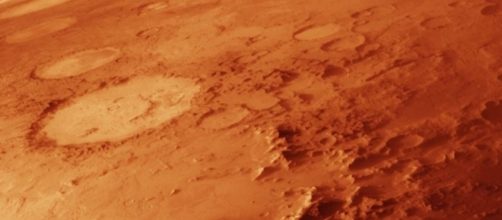Planet Mars is considered to be one of the most favorable candidates for human habitation in the future. Despite not having a thick atmosphere, it has a gravity level that allows rovers and landers to move around on its surface. However, a recent study suggests that the surface of the Red Planet is more uninhabitable than previously thought.
The study observed some Perchlorates, believed to be brine streaks on the surface of the planet. These could also be evidence of the previous presence of water on the red planet. However, a new study says the brine found on the surface could kill microbes and bacteria.
Finding of the new study
The study was conducted by the University of Edinburgh's School of Physics and Astronomy. Although it sounds alarming, researchers of the paper also said there is some good news in their findings. This means contaminants left by spacecraft, such as the "Bacillus subtilis," won't survive long on the surface. The study also supports the theory that Mars used to have flowing water and that water may still be existing on the planet until today that may be hidden underground.
The presence of the brine particulates are toxic to microbes, however, it is not known yet how it will affect other components that will come in contact with it in the future. For future Martian civilization, materials and even humans will be sent to the planet.
How the Martian surface kills microbes
Based on the study, the ultraviolet radiation from the sun causes chlorine compounds to be activated. This makes the surface "microbe-killers". NASA says these microbe-killers or perchlorates were discovered in various locations on Mars. Therefore, the surface cannot be considered friendly by any standard.
Mars is relatively cold, while perchlorates remain stable when at room temperature. However, those exposed to the radiation of the sun are less more hospitable to microbes. Based on the study, the activated particulates are capable of killing bacterias within minutes.
This new finding is a blow to the current mission to send humans to Mars. Scientists may have to rethink and redesign their strategy if proven that the findings of the new study are correct, as this would mean the surface is more uninhabitable than previously thought.
Researchers remain hopeful that the search for life on Mars and the mission to colonize the red planet could still be pursued. However, they warned that the material should be considered when developing new technologies and that nothing should be exposed to these conditions.
The brine streak perchlorates are both natural and man-made. It was first detected by NASA's Phoenix lander back in 2008.


